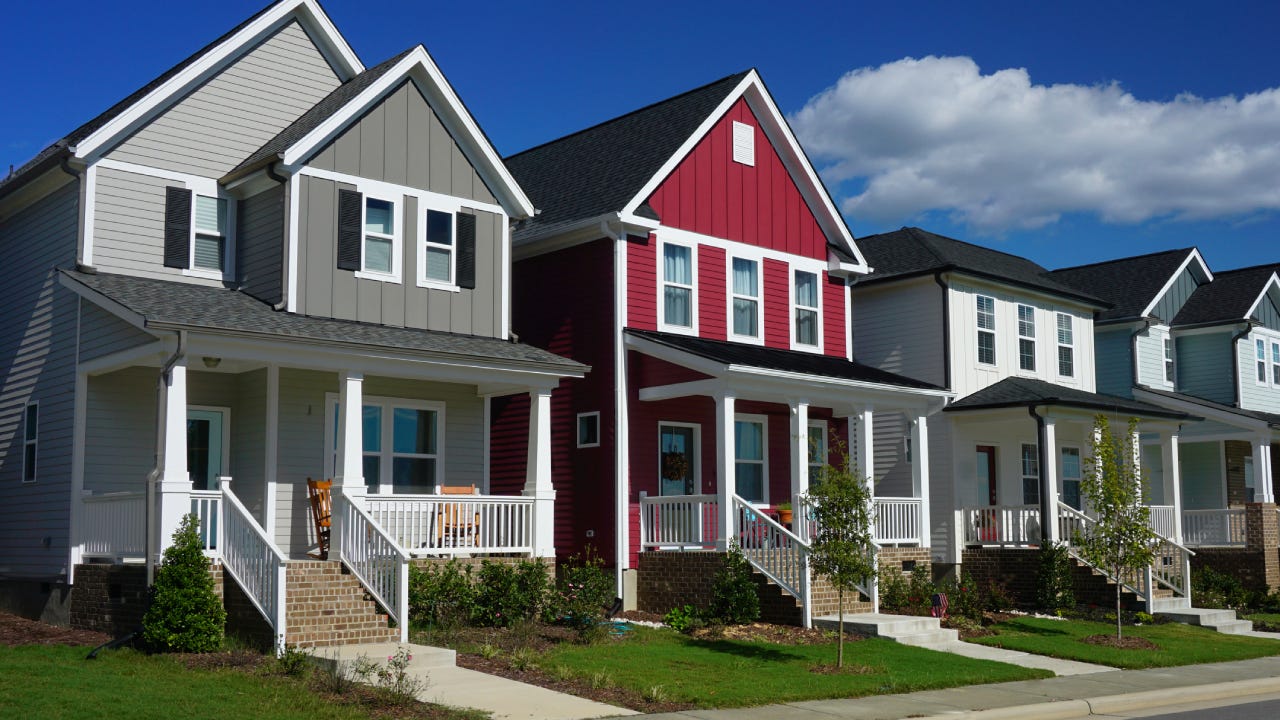
The Future of Sustainable Living in Suburban America
Key Takeaways
- Discover how suburban living is evolving towards sustainability.
- Learn about innovative home technologies that support eco-friendly living.
- Explore how community initiatives contribute to a greener lifestyle.
Table of Contents
- The Shift Towards Sustainable Living
- Eco-Friendly Home Technologies
- Community Green Initiatives
- Economic Benefits of Sustainable Choices
- Trends Among Homebuyers
- Challenges in Adopting Sustainable Practices
- Future Outlook
The Shift Towards Sustainable Living
In recent years, suburban America has been undergoing a significant transformation. This isn’t merely about adding green spaces or planting a few trees but a holistic shift in how suburban communities are planned and constructed. As homeowners and developers gradually acknowledge the pressing need to combat climate change and reduce their carbon footprints, sustainable living has taken center stage. This move towards sustainability marks a pivotal change in suburban living, from energy-efficient building designs to integrating renewable energy sources.
These developments demonstrate that enhancing the living experience is positive without compromising ecological integrity. The integration of green practices helps not only reduce harmful emissions but also create healthier living environments, thus improving the overall quality of life.
Eco-Friendly Home Technologies
Eco-friendly technologies are reshaping the landscape of suburban homes. For many, the allure of smart home technologies lies in convenience and their environmental benefits. Smart thermostats, for example, learn household patterns and adjust heating and cooling to maximize efficiency, significantly cutting down on energy consumption. A noteworthy example is seen in modern suburban developments like Redwood Shores Homes for Sale, where the emphasis on environmental responsibility is incorporated into every planning and construction phase. Beyond the smart thermostat, entire home automation systems are now being developed to manage resources wisely, from lighting to security, offering homeowners enhanced control over their environmental footprint.
Solar panels are another significant advancement—providing a renewable energy source, reducing reliance on fossil fuels, and helping cut energy costs. The latest panels are more efficient, capturing more sunlight and converting it into usable energy with minimal environmental impact. Additionally, advancements in water conservation, like greywater recycling systems and rainwater harvesting, play a crucial role in reducing water usage. These systems are designed to minimize wastage, ensuring that every drop is used efficiently.
Community Green Initiatives
Communities are increasingly critical to fostering sustainable living. Local governments and community organizations are implementing initiatives to encourage residents to engage positively with their environment. Community gardens, for example, provide fresh, locally grown produce and strengthen community bonds, offering a shared goal of sustainability.
Moreover, tree-planting initiatives and expansive recycling programs highlight how communities can collectively influence their environmental impact. These initiatives cultivate a sense of environmental stewardship among residents, fostering a culture where looking after the planet becomes a shared responsibility. Community participation in these green initiatives lays the foundation for a sustainable future. This sense of joint responsibility enhances local biodiversity and prepares residents for broader ecological challenges. According to a recent Scientific American study, such technologies persuade more homeowners to invest in eco-friendly upgrades, making sustainable living accessible and financially viable.
Economic Benefits of Sustainable Choices
Choosing sustainability can yield substantial economic rewards. Energy-efficient homes benefit from significantly reduced utility bills, reflecting immediate savings that quickly offset the initial investment in technologies like insulation, high-efficiency HVAC systems, and energy-efficient windows. In the real estate market, houses that boast green certifications often command higher price tags and faster sales, proving attractive to discerning buyers who prioritize sustainability.
Beyond individual homeowner benefits, these advantages extend to a better economy. By driving demand for eco-friendly products and services, sustainably conscious choices encourage local businesses to adapt, creating jobs and fostering an economic environment that values eco-innovation over traditional practices. This added economic stimulus encourages regions to continue investing in more sustainable infrastructure and technology, benefiting society while contributing to a global reduction in reliance on harmful, outdated energy economies.
Trends Among Homebuyers
Homebuyer preferences are evolving, with a pronounced shift towards environmentally friendly residences. Today’s Across various age groups, we increasingly prioritize including sustainable features in potential new homes. This changing landscape significantly impacts the housing market, compelling developers and real estate professionals to incorporate green strategies into their business models to meet growing consumer demands.
The call for homes with advanced energy solutions, efficient water usage systems, and access to green spaces is reshaping development priorities. Homebuyers seek houses with practical and immediate benefits, like reduced utilities and a long-term investment in the planet. Such trends highlight a wider recognition of the benefits of sustainable living, driving the real estate market towards a more responsible and conscientious future.
Challenges in Adopting Sustainable Practices
While the transition to sustainable living offers numerous benefits, notable hurdles exist. One of the primary challenges is the upfront financial investment required for eco-friendly upgrades and technologies. Despite the long-term savings that technologies such as solar panels represent, the initial costs can dissuade some homeowners. Efforts to provide financial incentives, such as tax rebates or subsidies for solar installations, are crucial for lowering these barriers and encouraging widespread adoption.
In addition, the perception of complexity associated with new green technologies can also act as a barrier. Many homeowners need to become more familiar with installing and using systems such as home energy management or water conservation tools. They may require education and support to embrace these innovations fully. Bridging these knowledge gaps is essential for enabling more homeowners to adopt environmentally friendly solutions.
Future Outlook
The future of suburban living in America shines brightly green. As awareness about climate change and ecological responsibility deepens, suburbs have the potential to lead by example in sustainable living practices. With the continuous evolution of technology and the growing support for eco-friendly initiatives, suburban areas are well-positioned to play a crucial role in achieving broader environmental goals.
The expanding movement toward sustainable suburban living is more than a trend; it promises a legacy ensuring a clean, healthy, and secure environment for future generations. By embracing and investing in these strategies, suburban dwellers can enjoy an enhanced quality of life and contribute positively to global environmental efforts, setting a standard that urban areas can look towards for inspiration.

.jpg)